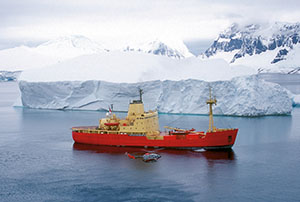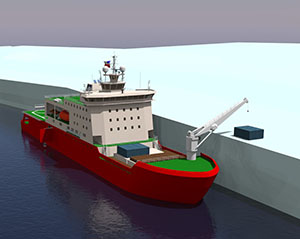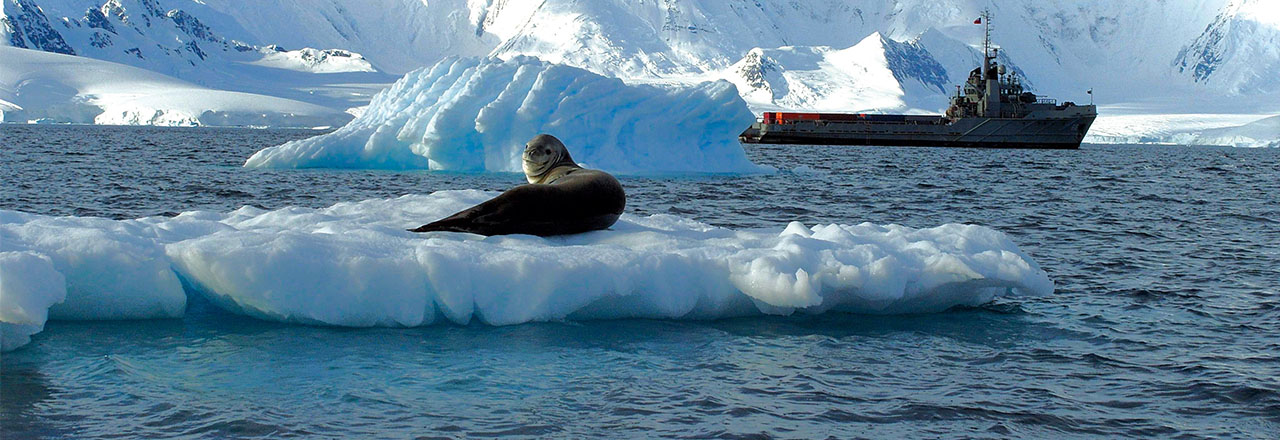Bow Moving Towards The Future
Antarctic I Project
 The purpose of the project is to replace the Antarctic ship AP "Viel" with an icebreaker that enables the projection of the national presence towards the Antarctic. This presence will be supported by national science projects in hydrography and oceanography; logistical support for national Bases and international cooperation; and the means needed to develop the tasks of Search and Rescue (SAR).
The purpose of the project is to replace the Antarctic ship AP "Viel" with an icebreaker that enables the projection of the national presence towards the Antarctic. This presence will be supported by national science projects in hydrography and oceanography; logistical support for national Bases and international cooperation; and the means needed to develop the tasks of Search and Rescue (SAR).
The tasks of the vessel include operating in the Antarctic zone to latitude 72° south and to break ice of one meter of thickness and one year old, at a minimum speed of two knots.
It also must be able to give logistical assistance to Antarctic bases, including the transportation for personnel, for solid loading in twentyfoot containers, for oil delivery at the bases, and for supplying aviation fuel in 200 liter drums. The vessel has the capacity of discharging by landing crafts and by cranes, or by air with the onboard helicopters.
The new icebreaker will be equipped with laboratories and instruments that will be part of the vessel (such as echo sounders, sonars, winches, cranes, sample collection equipment). On the other hand, it must have sufficient space for receiving scientists and operational personnel. In addition, it will be in charge of the search, rescue, and medical support within the Chilean responsibility SAR zone.
 The Navy and ASMAR developed a joint concept design that includes all the requirements of the Institution, of the Antarctic operators, and of the Antarctic Institute from Chile, in order to tender the basic engineering design for the subsequent construction of national unity.
The Navy and ASMAR developed a joint concept design that includes all the requirements of the Institution, of the Antarctic operators, and of the Antarctic Institute from Chile, in order to tender the basic engineering design for the subsequent construction of national unity.
The deadline for the development of the basic engineering project is from 12 to 16 months; and the vessel construction, which can take between 4 to 5 years from the resources assignment date, will preferably take place at the ASMAR plant of Talcahuano.
Relacionados:
Bow Moving Towards The Future
Asmar
Chilean Navy’s Units





